Russ Ouellette
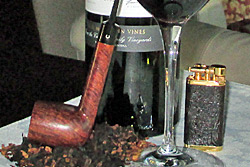 All living things are products of their environment. Anyone who was raised Jewish or Catholic knows the meaning of guilt intimately, for example. The same holds true for most products made of naturally growing items. This is why pipe and guitar makers are so choosy about the wood they use. Another interesting parallel is wine and pipe tobacco. Note the spelling- W-I-N-E. Pipe guys are frequently known to whine about tobacco, but that’s the wrong homonym.
All living things are products of their environment. Anyone who was raised Jewish or Catholic knows the meaning of guilt intimately, for example. The same holds true for most products made of naturally growing items. This is why pipe and guitar makers are so choosy about the wood they use. Another interesting parallel is wine and pipe tobacco. Note the spelling- W-I-N-E. Pipe guys are frequently known to whine about tobacco, but that’s the wrong homonym.
Both grapes and tobacco are very sensitive to soil and microclimate. Now, I’m not a real oenophile; I’ll leave that to Greg Pease, who’s really knowledgeable about wines, but I enjoy them. That said, I’ve heard people mention that with some grapes, a particularly dry growing season is conducive to higher sugar content, which will obviously have a major impact on wines made with them. Seasonal growing conditions will also have a big impact on tobacco’s sugar and nicotine content, the size and color of the leaf, and many other things.
How and when both items are harvested will make a difference as well. It takes a skilled grower to know when either should be harvested, and the methods can vary. Grapes can look ripe when they’re not, and the timing is critical because they stop ripening when picked. Tobacco can be stalk-cut (the entire plant is cut and hauled to barns) or primed (rows of leaves are removed from the plant at various intervals). Grapes need to be carefully stored under proper conditions before beginning to process them into wine. Tobacco has to be cured and aged following harvest, and different types are treated with varying methods- air, sun, flue and fire-curing of the leaf produce distinctly different results, and the curing process is tailored to the variety of tobacco.
Some wines may be made from one type of grape from a given year, but it’s more common to make wines that are blended from different varietals, and even from varying years. This is done to help produce consistency from one year to the next. It may also be done to create more complexity by combining disparate wines that have distinct characteristics.
There are certainly a number of parallels with tobacco, here. Although some folks might be quite happy smoking a straight, unblended Virginia from one crop, most smokers prefer mixtures of various types of leaf to create depth and for the individual elements to complement each other to produce a more satisfying result. Similarly, combining tobaccos from different years will help with consistency. I usually combine leaf from consecutive years in a gradual transition to try to keep flavors as steady as possible. General Cigar, when making Macanudo, will cold-store leaf from different years together to allow the flavors to marry while lessening variations.
White, red and blush wines don’t only owe their color to the hue of the fruit itself, but in how the grapes are processed. Leaving the skins of darker grapes in the pressed juice will impart more color, and the amount of time will affect the intensity of the shade, but red grapes can produce white wines if the skins are separated from the juice right away.
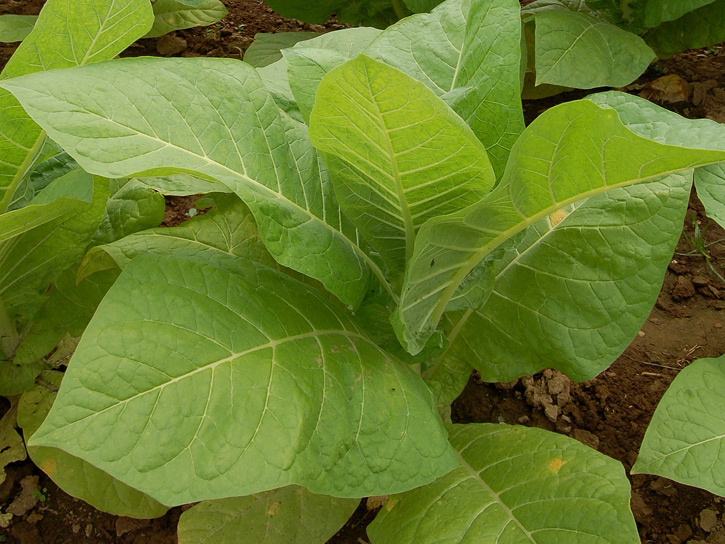
Tobacco Growing in Virginia
Here’s another way that both products are alike. There can be differences in leaf color based upon strain, the growing conditions and how the leaf is harvested, but the way it’s cured, fermented and aged will affect the tint as well.
And there’s another parallel, since I just mentioned fermentation- both wine and tobacco have to go through the process. In both cases, fermentation has a major impact on flavor and body. Too little fermentation in either case produces a result that will be noticeably "off", and too much can have disastrous consequences also.
Aging has a significant impact with either of the two. Wines generally have a minimum of time that they should age before they’re truly enjoyable, and most will continue to improve for a long period of time. At some point, however, flavor may decline, and all of this waxing and waning will vary depending upon the type of wine. Additives can also change how a wine will age, and the commercial "drink now" wines have more of these to keep the wine from degrading, but it will also stunt the maturation.
Likewise, tobacco will change with age. Virginias tend to get sweeter, Burleys undergo a more subtle change, Latakia softens. Blends will exhibit some very interesting transformations with time. Many Virginia blends with Burley and/or Perique added will develop some truly intriguing deep fruity notes with time.
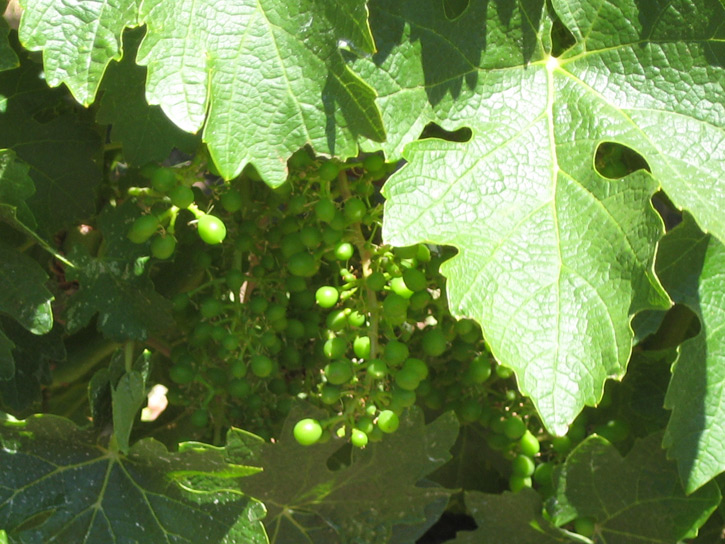
Cabernet Sauvignon Grapes Growing in the Napa Valley at The Robert Mondavi Winery
Both end products are best enjoyed in moderation. With a little too much wine in you, it won’t make a significant difference whether you’re sipping a Beaujolais nouveau in November, or Boone’s Farm Strawberry Hill in your basement. I think (and this is purely my opinion) that part of the reason that some people smoke only one blend, while others are constantly switching things up is that the single blend smoker is probably puffing all day long, and his/her tastebuds have become so acclimated, and to some degree, abused that the flavor becomes secondary.
One final observation- the vessel is of vital importance with wine and pipe tobacco. A wide opening for a wine glass allows more oxidation, which works well for some wines, while narrower glasses restrict the process. Narrow champagne flutes are made to keep the effervescence in the wine for a longer period of time.
In a like manner, pipe geometry will have an impact on the smoke. Wide bowled pipes, like the pot shape, tend to allow the flavor of Latakia blends to really blossom, while taller and more narrow chambers seem to get the most out of Virginias. Not everyone ascribes to this concept, and that’s fine, just as it’s okay to drink red wine with fish, if you prefer.
Thanks to Kevin for the idea for this article, because until he suggested it, I didn’t really think about all the similarities between wine and pipe tobacco, but it’s been an interesting thing to investigate. Now that I’m doing my final edit, I’m doing it with a hefty Latakia blend in an oversized prince with a glass of late bottled vintage Port…in moderation, of course.
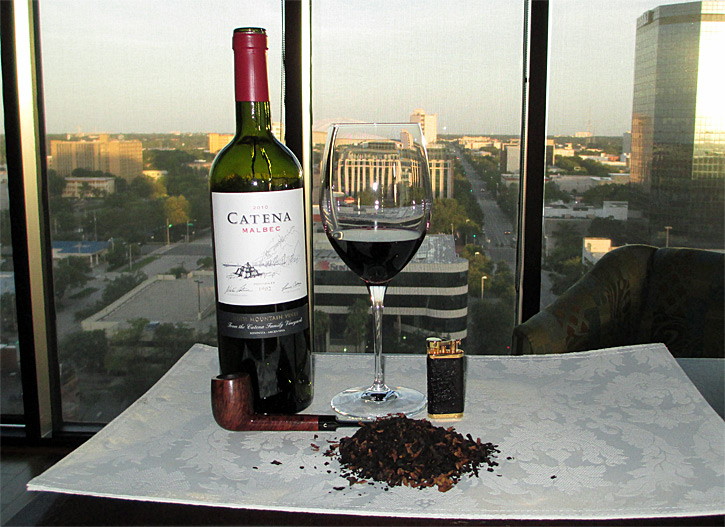
|
Russ Ouellette is the blender/creator of the Hearth & Home series of tobaccos for Habana Premium Cigar Shoppe and www.pipesandcigars.com in Bethlehem, PA. He has been a pipe smoker and blender for over 30 years, and enjoys feedback from the pipe smoking public. You can reach Russ at russo@pipesandcigars.com or by calling 1-800-494-9144 on Monday, Wednesday and Thursday from 9 am to 5 pm and Friday from 1 pm to 5 pm. |


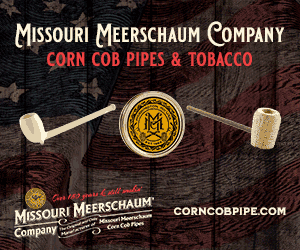









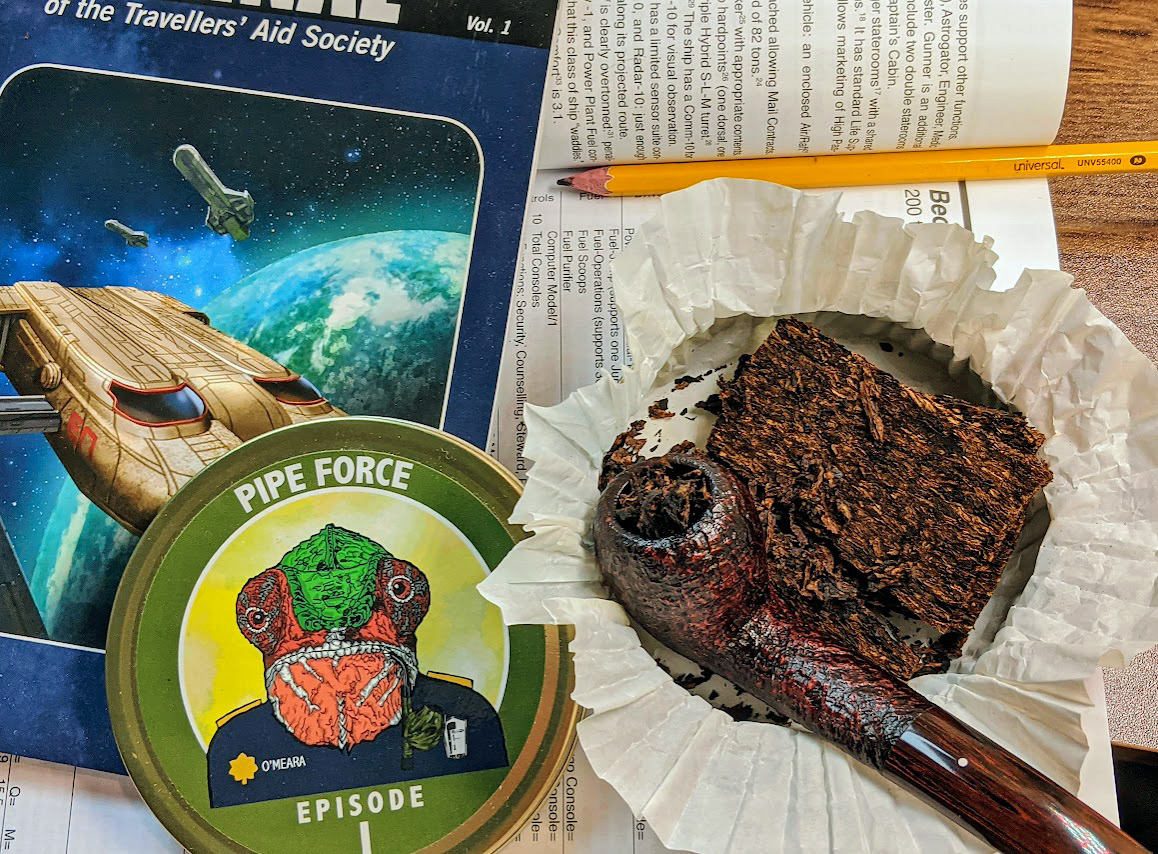
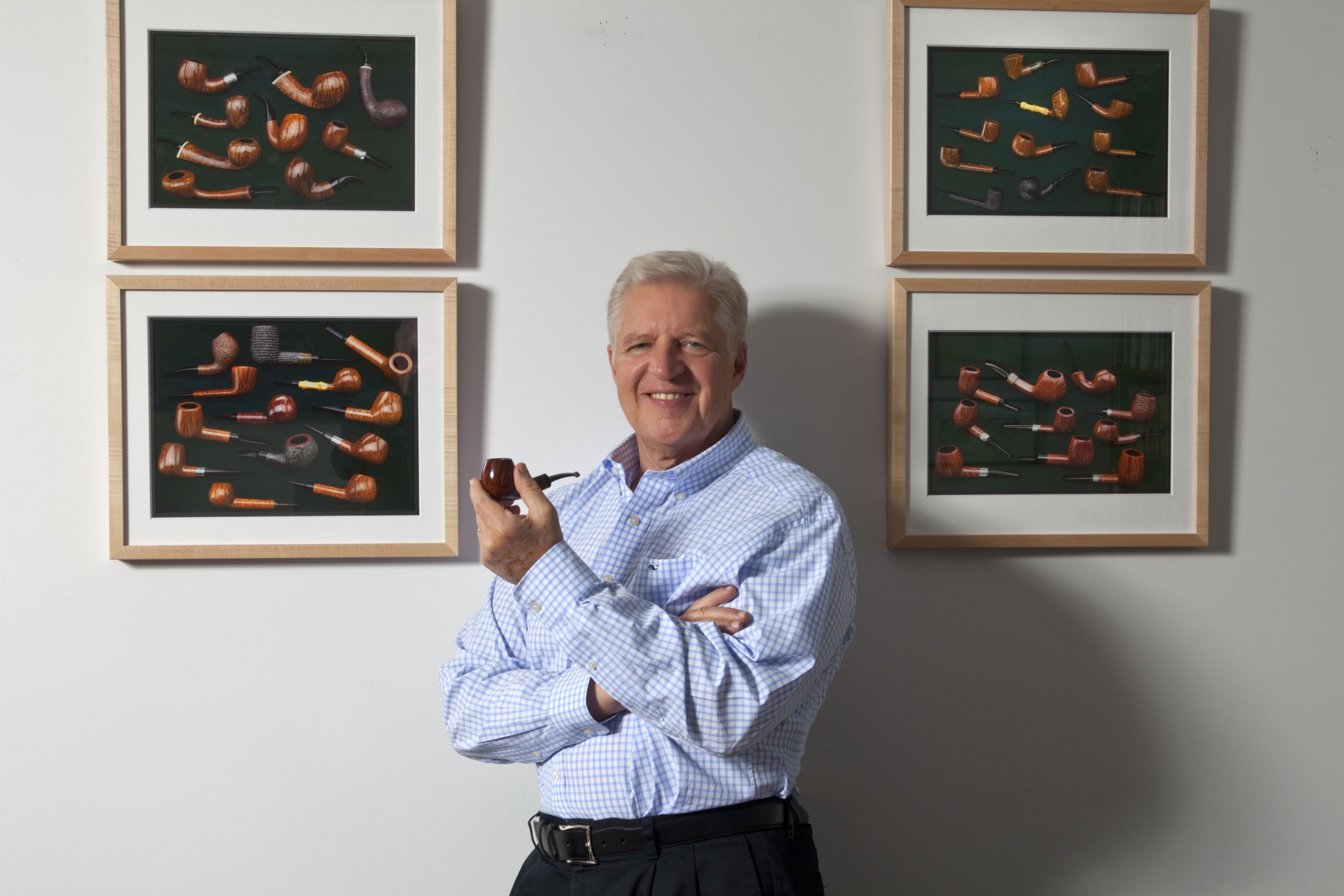




Another nice article from Russ. I like that he touched on the use of glassware to bring out flavors and nuances and the similarity of this to bowl shapes lending themselves to certain forms of tobacco. I also appreciate his thoughts on the agricultural nature of the grape and the tobacco leaf and the use of blending with both products to maintain consistency and develop complexity.
I’d also add that, often times, a wine is improved by the process of decanting it, as is tobacco often improved by proper drying.
I am a oenophile so, of course, I found this article fascinating. Well done, Russ.
The only point I would quibble with is the following:
“Aging has a significant impact with either of the two. Wines generally have a minimum of time that they should age before they’re truly enjoyable, and most will continue to improve for a long period of time.”
In fact, very few wines have the ability to get better with age. The structure and balance of the wine will be the primary factors in determining whether a wine will benefit from aging, and very few wines have sufficient tannins and acidity to benefit from aging. While these attributes are found more often in red wines than white wines, the reality is that only a very tiny proportion of wines truly posses these characteristics. In this regard, it might also be suggested that the impact of the winemaker’s skills on whether a wine produced will age well is much greater than the impact of the blender’s skill on whether a tobacco blend will age gracefully.
Fine article Russ and like you did at the end of your story, my preference is for a glass of Porto with a pipe. And I am well aware of the
Pipe Whiners as well. LOL
Between you and Mr. Pease with your most recent articles, I’m ready for a drink! Seriously though, I’ve learned more about tobacco from this magazine’s articles than the guy at the local cigar shop already, and that’s saying something.
Thanks for the article Russ. I really appreciate the thought and effort put into writing of this caliber. The accompanying illustrations are wonderful too. The many parallels between the two fields are fascinating.